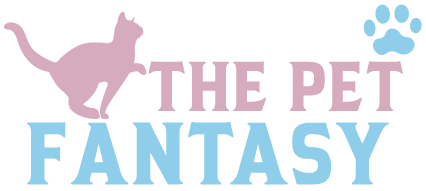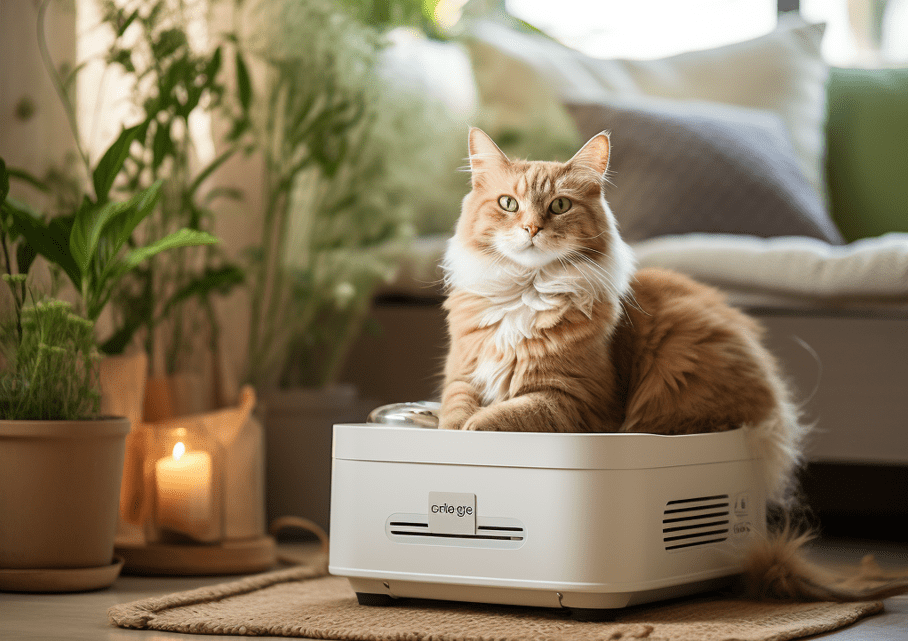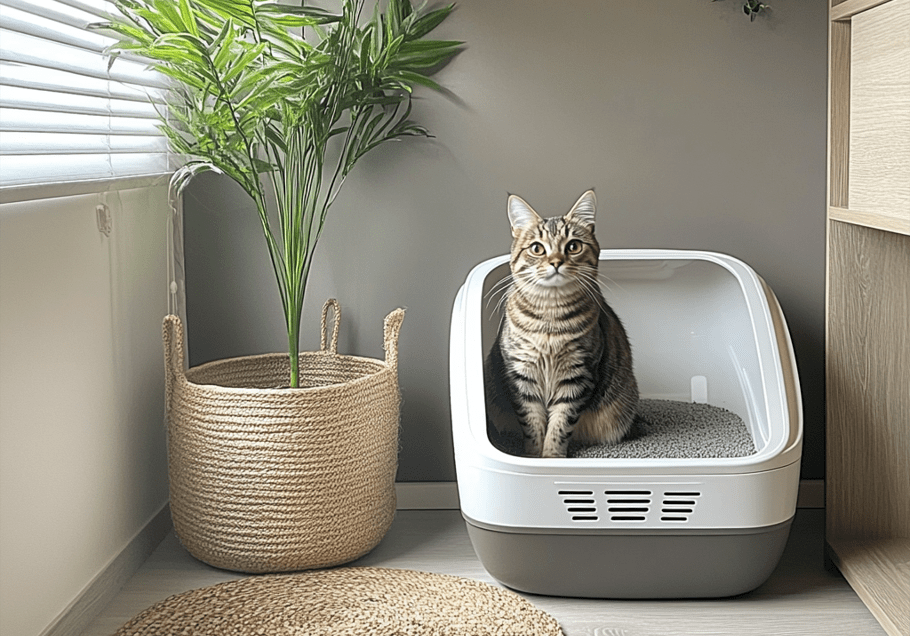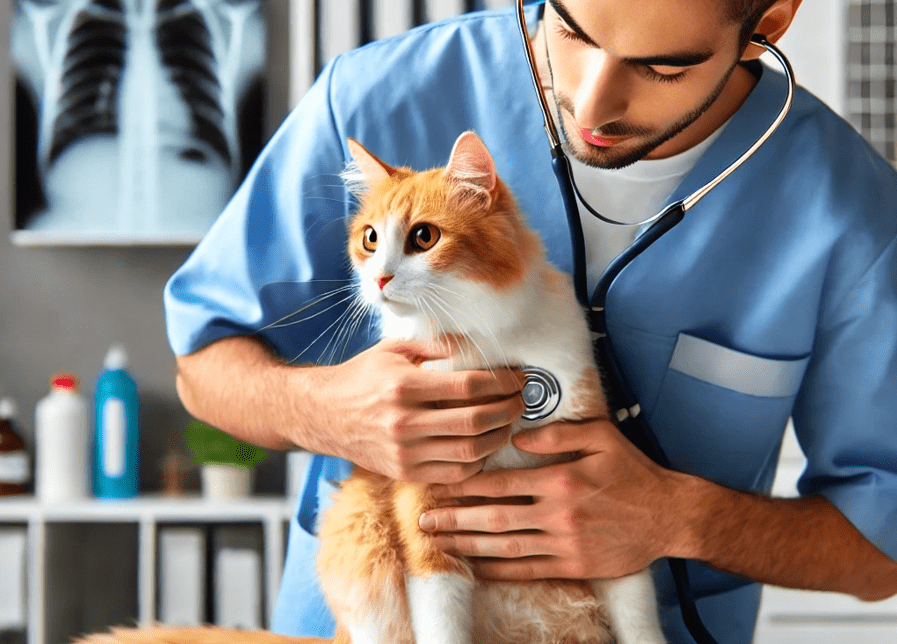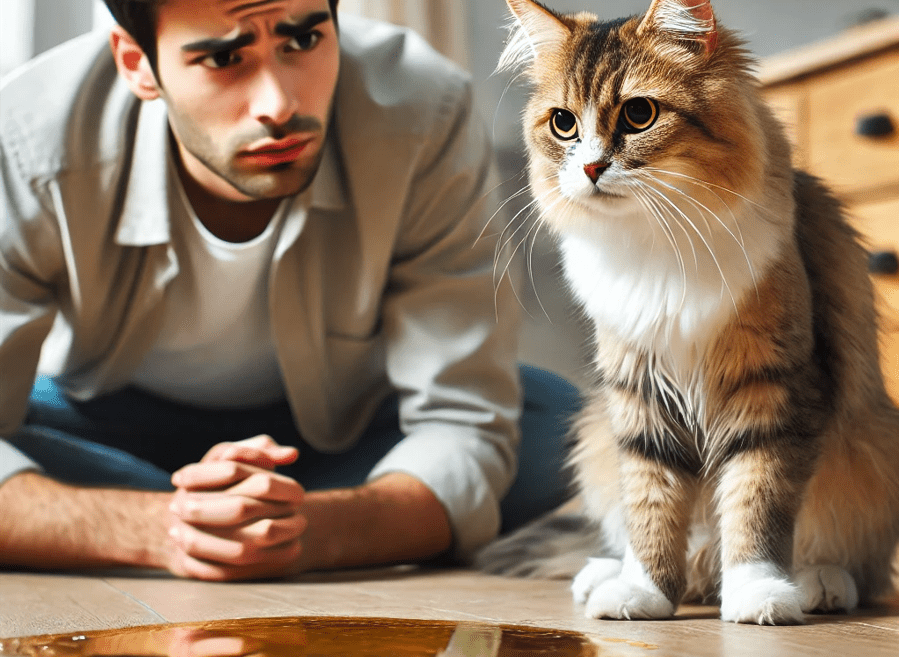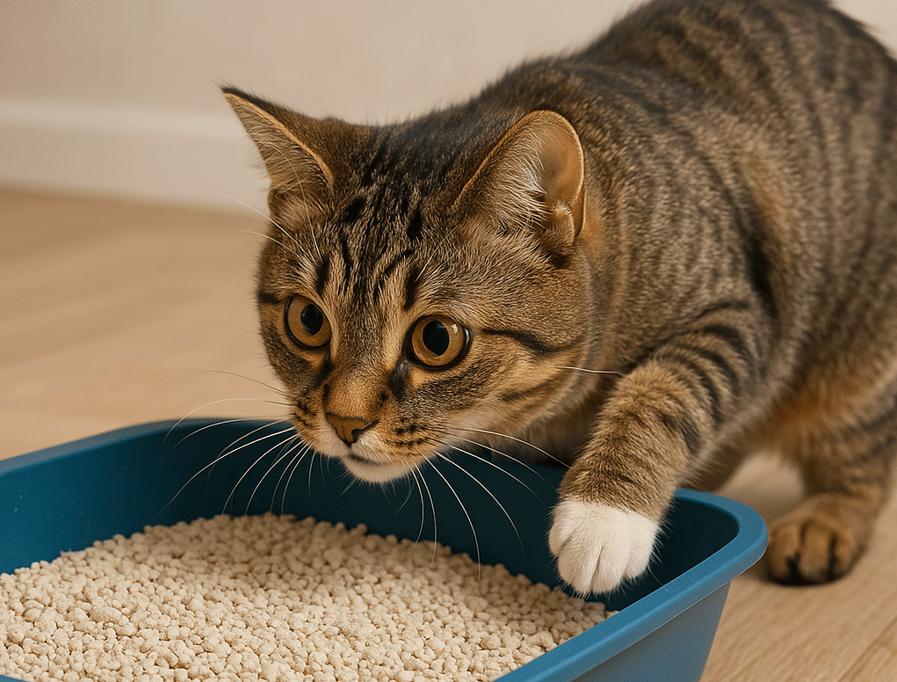
If you’ve ever caught your cat nibbling on litter, you’re not alone—and you’re probably concerned. Why is my cat eating litter? This bizarre habit can be alarming for pet owners, but it’s more common than you might think. While it may seem like a harmless quirk, eating litter can signal underlying health or behavioral issues that need attention.
From nutritional deficiencies to stress-related behaviors, several factors could drive your feline friend to consume something so inedible. In this comprehensive guide, we’ll explore the surprising reasons behind this habit, the potential dangers, and what you can do to stop it. Whether your cat is just curious or showing signs of a medical problem, understanding the cause is the first step to keeping them safe.
What You’ll Discover in This Article
Possible explanations for why cats eat litter, including medical conditions like anemia and pica.
How dietary imbalances or nutritional deficiencies might trigger this behavior.
Behavioral triggers, such as stress or boredom, that could lead to litter consumption.
The role of different types of litter (clay, silica, biodegradable) in influencing this habit.
When to visit the vet—key warning signs that indicate a serious underlying issue.
Practical solutions to discourage litter eating and promote your cat’s health.
A clear action plan to address the behavior safely and effectively.
By the end, you’ll have a thorough understanding of this odd habit and the best ways to address it.
Medical Reasons Why Cats Eat Litter
One of the most concerning reasons a cat might eat litter is an underlying medical issue. Certain health conditions can trigger unusual cravings, a behavior known as pica, where animals eat non-food items.
1.Anemia and Nutritional Deficiencies
Anemia, a condition where the blood lacks enough red blood cells, can lead to strange eating habits. Cats with anemia may eat litter—especially clumping clay litter—because their bodies crave iron or other minerals. Other signs of anemia include lethargy, pale gums, and weakness. If you suspect anemia, a vet visit is crucial to determine the cause, which could range from parasites to chronic diseases.
2.Kidney Disease
Chronic kidney disease (CKD) is common in older cats and can cause an imbalance in minerals, leading to unusual cravings. Some cats with CKD may lick or eat litter due to nausea or an attempt to compensate for lost nutrients. Increased thirst, weight loss, and frequent urination are other symptoms to watch for.
3.Feline Leukemia (FeLV) and Other Illnesses
Feline leukemia weakens the immune system and can cause anemia, which, as mentioned, may lead to litter consumption. Other illnesses, such as diabetes or hyperthyroidism, might also contribute to odd eating behaviors. A thorough veterinary exam, including blood tests, can help diagnose these conditions.
Behavioral and Psychological Causes
Not all litter-eating is medically driven—sometimes, it’s behavioral. Understanding your cat’s mental and emotional state is key to addressing the issue.
1.Stress and Anxiety
Cats are sensitive creatures, and changes in their environment—like a new pet, moving homes, or even a different litter brand—can cause stress. Some cats cope by engaging in repetitive behaviors, including eating litter. If your cat seems anxious (hiding more, excessive grooming, or aggression), consider environmental enrichment like interactive toys or calming pheromones.
2.Boredom and Lack of Stimulation
Indoor cats, especially those without enough playtime, may turn to litter-eating out of sheer boredom. If your cat isn’t getting enough mental or physical stimulation, they might explore their litter box as a form of entertainment. Increasing play sessions and providing puzzle feeders can help curb this habit.
3.Curiosity (Especially in Kittens)
Kittens are naturally curious and may taste litter simply because it’s there. While this is usually a phase, it’s important to monitor them since ingesting clumping litter can cause dangerous intestinal blockages. Switching to a safer, non-clumping litter (like paper or corn-based) can reduce risks during this exploratory stage.
Is the Type of Litter a Factor?
Absolutely. Some litters are more appealing—or dangerous—than others.
The kind of litter you use can influence whether your cat tries to eat it. Different litters have unique textures, smells, and materials—some may attract your cat, while others could be dangerous if swallowed.
1.Clumping Clay Litter: High Risk
Clumping litter, made from sodium bentonite, is very absorbent but expands when wet. If eaten, it can cause dangerous blockages in your cat’s stomach or intestines. The dust can also irritate their lungs if inhaled. Some cats like its gritty feel, but it’s unsafe if they try to eat it.
2.Silica Gel Crystals: Sharp and Hazardous
Silica litter absorbs odors well but has tiny, sharp crystals that can scratch your cat’s mouth or throat. While not poisonous, eating too much can cause dehydration or irritation. Some cats like the crunchy texture, making it a risky choice.
3.Natural Litters: Safer but Still a Concern
Litters made from corn, wheat, or pine are less toxic than clay but can still upset your cat’s stomach if eaten. Some cats might nibble on them because they smell like food. Even though they’re safer, it’s best to stop the habit entirely.
4.Non-Clumping Clay: Less Dangerous
This type doesn’t expand like clumping litter, so it’s less likely to cause blockages. However, the dust and minerals can still be harmful if eaten often. Some cats lick it due to its earthy smell, especially if they lack certain nutrients.
5.Paper Pellet Litter: The Safest Choice
Made from recycled paper, this litter is soft, dust-free, and breaks down safely if swallowed. Some cats don’t like its texture at first, but it’s the best option if your cat keeps eating litter.
Which Litter Should You Use?
If your cat eats litter, switch to paper pellets or another natural, non-toxic option. Avoid clumping clay and silica crystals, as they pose the biggest risks. Always monitor your cat to make sure the behavior stops.
When to See a Vet
While occasional litter nibbling might not be an emergency, certain signs warrant immediate veterinary attention:
Frequent litter consumption (more than just a few grains)
Vomiting, diarrhea, or constipation after eating litter
Lethargy, weight loss, or changes in appetite
Signs of intestinal blockage (straining to defecate, bloating, distress)
A vet can perform blood tests, ultrasounds, or X-rays to rule out serious conditions like obstructions or organ disease.
How to Stop Your Cat from Eating Litter
Addressing a cat’s litter-eating habit requires a comprehensive strategy that considers medical, environmental, and behavioral factors. Implementing these solutions systematically increases the likelihood of successfully modifying this dangerous behavior.
1.Initial Veterinary Assessment
The first critical step involves ruling out medical causes through thorough veterinary examination. Blood tests can identify potential issues like anemia, kidney dysfunction, or nutritional imbalances that might drive inappropriate eating behaviors. Addressing any underlying health conditions often resolves the litter-eating habit without further intervention.
2.Strategic Litter Replacement
Transitioning to a less appealing litter type forms the foundation of behavioral modification. Unscented varieties often prove more effective than heavily perfumed options, as strong artificial odors may actually encourage some cats to investigate and taste the litter. Larger pellet sizes present physical challenges to chewing, while alternative textures like paper or pine may break the cycle of attraction.
3.Dietary Optimization
Nutritional adjustments can significantly impact unusual eating behaviors. High-quality, protein-rich diets that meet all of a cat’s biological needs often reduce compulsive cravings. For cats with specific deficiencies, veterinarian-approved supplements may be necessary. Increasing moisture intake through wet food or water fountains can also help, particularly for cats with kidney-related issues contributing to their behavior.
4.Environmental Enrichment Strategies
Combating boredom through environmental stimulation proves essential for many cats exhibiting pica behaviors. Rotating selection of interactive toys maintains engagement, while puzzle feeders provide mental stimulation during mealtimes. Vertical spaces like cat trees and wall shelves satisfy natural climbing instincts and expand the cat’s territory within the home.
5.Positive Reinforcement Techniques
Behavioral modification through reward-based training offers an effective, stress-free approach. Immediately rewarding appropriate litter box use with treats or praise reinforces desired behaviors. When catching a cat in the act of eating litter, gentle redirection to an approved activity helps establish boundaries without creating anxiety.
6.Litter Box Hygiene Management
Maintaining impeccable litter box cleanliness removes potential triggers for the behavior. Daily scooping prevents odor buildup that might prompt some cats to attempt covering scents by mouth. Complete litter changes on a regular schedule ensure freshness, while avoiding strong chemical cleaners preserves the box’s natural appeal for proper use.
7.Physical Environment Modifications
Adjusting the litter box setup can create physical barriers to the unwanted behavior. Covered boxes limit access and reduce temptation, while top-entry designs require cats to focus on entering and exiting rather than lingering. Placing the box in a quiet, low-traffic area reduces stress-related behaviors that might manifest as litter eating.
8.Supervised Access Protocols
For persistent cases, implementing controlled access to the litter area may be necessary. Direct supervision during bathroom visits allows for immediate intervention, while temporary confinement with puppy pads can break the habit cycle during the retraining period. Baby gates or other barriers can restrict unsupervised access when owners are away.
9.Stress Reduction Interventions
Addressing environmental stressors often yields significant improvements. Feliway diffusers disperse calming pheromones that reduce anxiety, while maintaining consistent daily routines provides security. Creating multiple safe hiding spots throughout the home gives cats opportunities to retreat when feeling overwhelmed.
10.Professional Behavioral Consultation
When all other measures prove insufficient, seeking guidance from a certified feline behaviorist can provide customized solutions. These specialists analyze the complete behavioral context and develop tailored intervention plans addressing the specific motivations behind each cat’s litter-eating habit.
Final Thoughts
Why is my cat eating litter? The answer varies—it could be a medical issue, stress, boredom, or simply curiosity. While occasional nibbling might not be harmful, consistent litter consumption can be dangerous. By understanding the root cause and taking proactive steps, you can help your cat break this habit and stay healthy.
If you’re ever in doubt, consult your veterinarian. Early intervention can prevent serious health complications and ensure your feline companion lives a long, happy life—free from strange snacking habits.
